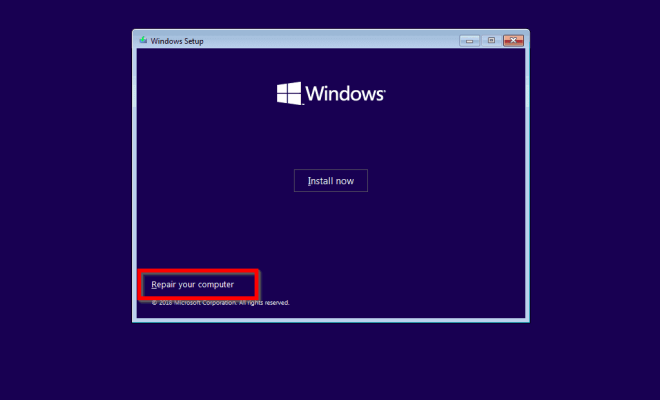A Complete History of Internet Explorer

Internet Explorer (IE) was first introduced by Microsoft in 1995 as a part of the Microsoft Windows operating system. It was designed to be a successor to the then-existing Microsoft Windows 3.1 software. Since its inception, IE has undergone numerous changes and facelifts to stay relevant in an ever-changing digital world.
1995 to 2001: The Beginning of the Journey
Microsoft introduced the first version of IE in August 1995. The browser quickly gained popularity among users due to its user-friendly interface and its compatibility with the Windows operating system. The first version of IE only had basic features, but it was enough to mark its place in the market.
In 1997, Microsoft released IE 4.0, which introduced a host of new features such as Active Desktop, Active Channel, and Dynamic HTML. Active Desktop allowed users to view web pages and other content directly on their desktop, while Active Channel allowed users to subscribe to web-based content and receive updates automatically.
In 2001, Microsoft released IE 6.0, which had significant upgrades in terms of speed and performance. It was also the first version of IE to feature a pop-up blocker, which was a welcome addition for users who were fed up with the constant barrage of pop-ups while browsing the internet.
2001 to 2006: A Time of Dominance
Between 2001 and 2006, IE was the undisputed king of the browser market, with a market share of over 90%. During this time, Microsoft released IE 7.0 and IE 8.0, which brought significant improvements to the browser’s security, reliability, and performance.
IE 7.0, released in 2006, introduced tabbed browsing and improved CSS support. It was also the first version of IE to pass the Acid2 test, which was designed to test how well browsers complied with web standards.
2006 to 2015: The Beginning of the End
From 2006 onwards, IE began to lose its grip on the browser market. Firefox, Safari, and later Google Chrome began to challenge IE’s dominance, offering faster speeds and better features.
In response, Microsoft released IE 9.0, 10.0, and 11.0 between 2011 and 2013. These versions of IE introduced modern web standards like HTML5 and CSS3 and brought significant improvements to the browser’s performance and security.
2015 to Present: The End of an Era
In 2015, Microsoft officially retired the Internet Explorer brand and introduced a new browser called Microsoft Edge. Edge was designed to be a modern, innovative, and fast browser that could compete with the likes of Google Chrome and Mozilla Firefox.
Despite being retired, IE still retains a small market share thanks to its use in corporate environments where it is still used to run legacy applications. Microsoft still releases security updates for IE, but there are no plans for further development.
In conclusion, Internet Explorer had a significant impact on the browser market and the internet as we know it today. While its time has passed, its legacy lives on, and it will always be remembered as one of the pioneers that paved the way for modern browsers.






